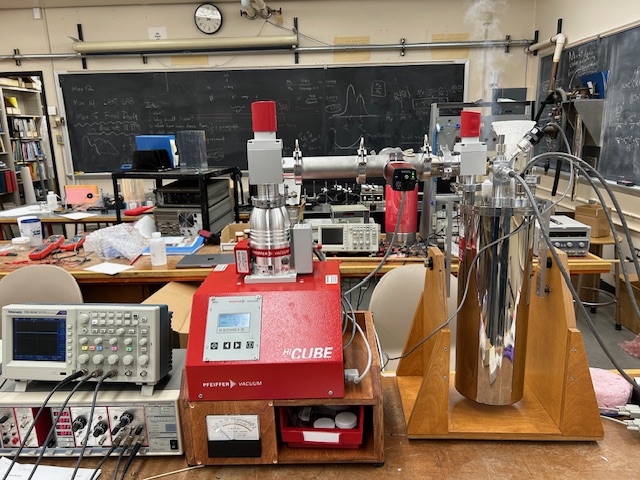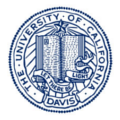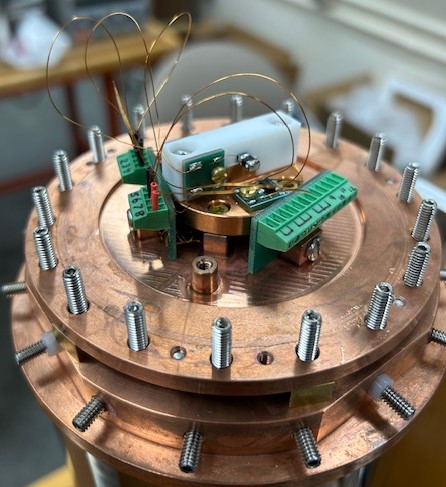
| Experiment Guide |
| 1. The TeachSpin Lab guides on superconductivity can be found in Canvas |
| 2. Superconductivity Pre-lab |
| 3. Superconductivity Short Guide and Tips |
| Related Material |
| 1. Kittel Chapter 10 on Superconductivity |
| 2. Pfeiffer HiCube ECO Manual |
| 3. Working with Turbo Pump |
| Useful Links |
| 1. Video: "How do Superconductors work at the Quantum level?" |
| 2. Book "Introduction to Superconductivity" by Michael Tinkham |
| 3. Nobel prizes in superconductivity |
| 4. TeachSpin SIM Manuals |
Overview
Superconductivity was discovered in 1911 by H. Kamerlingh Onnes in Holland while studying the electrical resistance of a sample of frozen mercury as a function of temperature. High Tc superconductors, discovered in 1986-87, are composed of copper-oxide ceramic materials whose superconductive transition occurs above the liquid nitrogen boiling point. We will examine their superconductive properties through 4-wire resistivity and persistent-current measurements. The experiments will be performed by using the TeachSpin's variable-temperature cryostat.

